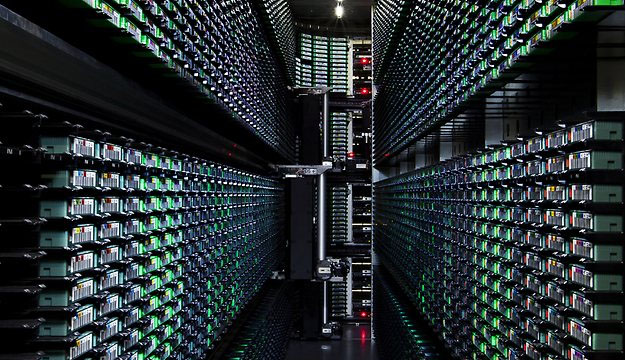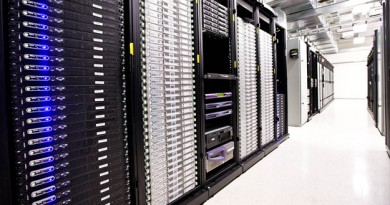USA Dominates In Number Of Cloud Data Centers With China Coming In At A Close Second
The US and China host 54% of the world’s cloud data centers, a fact that reflects American dominance in providing cloud services and China’s vast appetite for consuming them, according to Synergy Research Group, an IT market reSearch firm. With Amazon Web Services (AWS), Google, Microsoft, Rackspace, and IBM all based in the US, the country has built 44% of the cloud data centers in the world on its own shores.
These companies have also built overseas facilities in specific cities such as Dublin, Brussels, Frankfurt, Tokyo, Singapore, and Sydney. However, Synergy was trying to draw a country-by-county picture. IBM, Microsoft, and Amazon have all vied to have a large presence in China, which now accounts for 10% of the world’s cloud data centers.
IBM has been building data centers in China for Chinese owners for several years and works through partner Tencent. Microsoft established a presence in China through data center partner 21Vianet in May 2013. Lately, the company has also built facilities through Chinese search partner Baidu. AWS established a presence through joint ownership early in 2014. The Chinese government won’t let a foreign company have a majority ownership of a data center on its soil.
“The country distribution of major data centers clearly reflects two things — the US dominance of cloud and Internet technologies, and the scale and unique characteristics of the Chinese market,” John Dinsdale, chief analyst and research director at Synergy Research Group, an IT market research firm, wrote his Sept. 30 report.
Another 20% of cloud data centers are spread over four countries with 5% each: The UK, Australia, Japan, and Singapore. Germany and the Netherlands each account for 4% each. Another 18% of cloud data centers are spread across miscellaneous “other” locations. Included would be important hub locations which tend to collect several vendors’ data centers, such as Dublin, Amsterdam, and Hong Kong.
“The ranking also reflects the relative importance of smaller countries that are often used as regional hubs,” Dinsdale noted. Singapore, with 5% of the world’s cloud data centers, is often described as a hub to Asian countries. India is likely to be on a future list of significant host countries. Microsoft announced Sept. 29 that it was opening three Azure data centers in India. Amazon and IBM are expected to soon announce they are following suit.
Synergy’s survey counted 150 cloud data centers worldwide owned by 13 firms. On average, each was operating 11 centers. But the average was somewhat meaningless, with the “hyper-scale” providers Amazon, Microsoft, and IBM each having at least 20 centers, more than other providers.
Microsoft announced Sept. 29 that it was operating data centers in 24 regions around the world, but it wasn’t by any means clear that it has built or commissioned 24 new data centers. On the contrary, each provider sometimes joins forces with a colocation or wholesale data center provider in a location that it wants, ships in its equipment, and announces that it’s opened another data center.
Data Centers Everywhere
In addition, there many ways to count them. Amazon’s US East — one data center in Ashburn, Va. — is actually a complex of many data centers, functioning with independent power supplies and communications lines and labeled as independent availability zones. If it has six availability zones, should it be counted as one data center or six? Should a competitor’s data center with one zone be counted equally with Amazon’s?
Dinsdale’s data center report also noted that Google, Rackspace, and Oracle also have a broad data center presence. In addition to counting data centers operated by infrastructure-as-a-service (IaaS) providers, he included platform-as-a-service (PaaS), and software-as-a-service (SaaS) providers as well. Oracle, Salesforce, and Microsoft all are major SaaS providers. IBM, Google, and Microsoft are major PaaS providers.
In a Sept. 17 report, Synergy said public cloud accounted for $22 billion in revenues for service providers and their suppliers in the second quarter of 2015. The single largest part was building out new cloud data centers and equipping them with hardware and software, amounting to $7 billion in the quarter. The second largest part was providing SaaS, at $6.6 billion, followed by IaaS at $5.5 billion. Colocation services amounted to another $2.8 billion. Thirteen cloud service providers were included in the Synergy report.


